Some of the world’s most famous landmarks stand not because of their completion, but because of their intriguing, unfinished states. These structures, ranging from ancient temples to modern architectural marvels, were left incomplete due to a variety of reasons—wars, financial setbacks, political upheaval, or even the untimely death of their creators. Despite never reaching their intended final form, they continue to captivate visitors, standing as historical reminders of ambition, disruption, and the unpredictable nature of human endeavors. Here are famous landmarks that were never completed, each with a fascinating story behind their unfinished state.
La Sagrada Familia, Barcelona
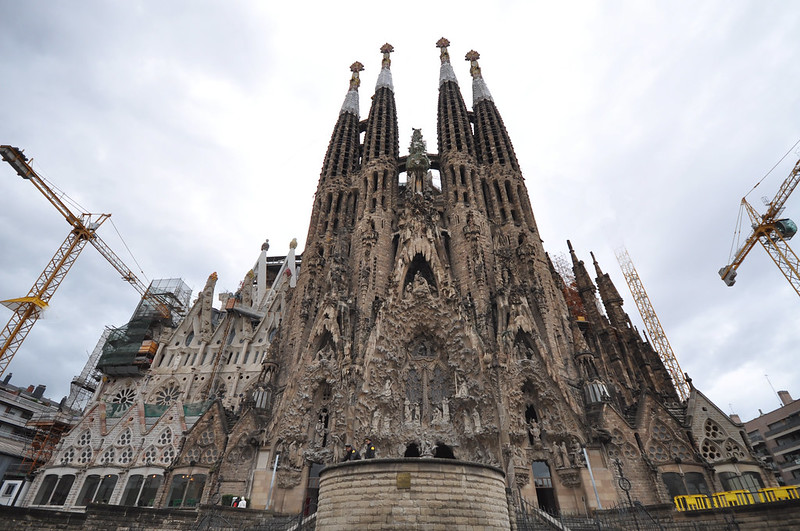
La Sagrada Familia, one of the most iconic landmarks in the world, is a Roman Catholic basilica in Barcelona that remains unfinished after more than 140 years of construction. Designed by Antoni Gaudí, who took over the project in 1883, the church’s progress was halted numerous times due to financial constraints, political upheaval, and wars. Gaudí himself passed away in 1926, leaving behind detailed plans, many of which were lost during the Spanish Civil War. Work resumed based on reconstructed designs and modern interpretations of his vision. Today, the basilica is expected to be completed around 2026, although its intricate detailing may extend this timeline. The project is funded primarily by donations and tourist fees, and the grandeur of its design, with 18 planned towers, continues to fascinate visitors worldwide. Despite being incomplete, it is one of the most visited monuments in Spain. Gaudí’s organic style and deep religious symbolism still influence contemporary architecture. Its design reflects nature-inspired motifs, making it unique among religious buildings. Its completion will mark over 150 years since its groundbreaking, making it one of the longest-running construction projects in history.
Hassan Tower, Morocco
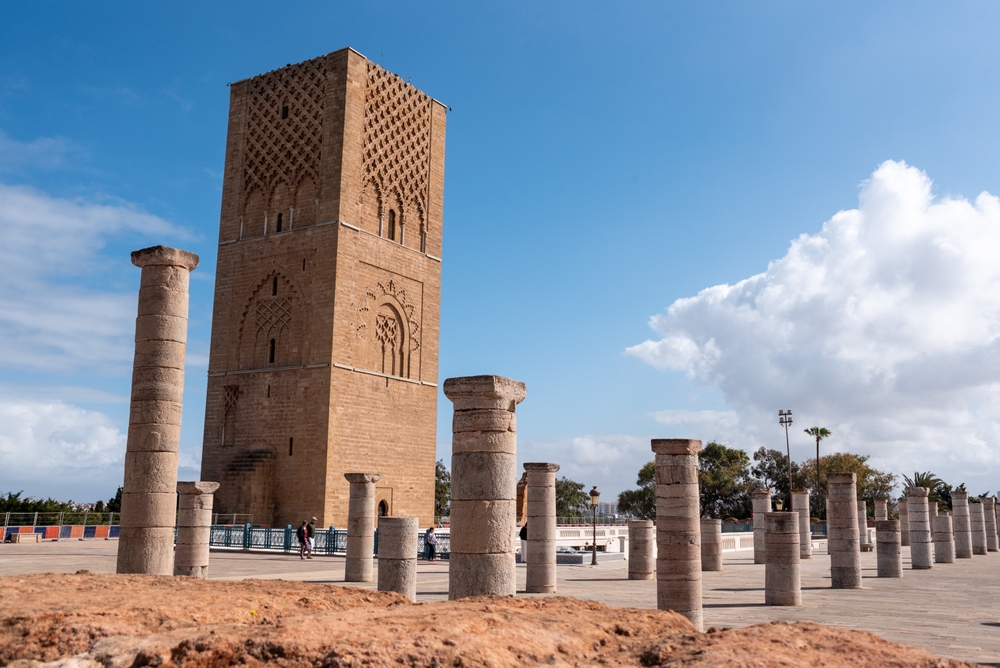
Hassan Tower, located in Rabat, Morocco, was intended to be the tallest minaret in the world and part of a grand mosque commissioned by Sultan Yaqub al-Mansur in the 12th century. However, the ambitious project came to a halt in 1199 following the Sultan’s death. Construction ceased abruptly, leaving the tower at about half its intended height of 86 meters. Only 44 meters of the structure were completed, along with the foundation of what would have been one of the largest mosques in the world. The mosque was intended to symbolize the Sultan’s power and mark Rabat as a center of Islamic culture. Today, the site includes the tower and scattered columns, remnants of the grand mosque that was never built. It stands as a historical monument and a UNESCO World Heritage Site. The original mosque design would have accommodated up to 20,000 worshippers.
The National Monument of Scotland, Edinburgh

The National Monument of Scotland was intended as a tribute to the Scottish soldiers and sailors who died during the Napoleonic Wars. Construction began in 1826 on Calton Hill, inspired by the Parthenon in Athens, but only 12 columns were completed before funding ran out in 1829. The project’s budget fell drastically short, and subsequent efforts to raise additional money failed. Over the years, various proposals have been made to complete it, but none have succeeded. The incomplete structure, often referred to as “Scotland’s Disgrace,” now stands as a reminder of the country’s ambitious yet unfinished vision. Despite its unfinished state, it is still a popular attraction, offering stunning views of Edinburgh. The columns are now a prominent part of Edinburgh’s skyline.
Ryugyong Hotel, North Korea

The Ryugyong Hotel in Pyongyang, North Korea, stands as an unfinished skyscraper intended to be a symbol of the nation’s prosperity. Construction began in 1987, and the 105-story building was set to be the tallest hotel in the world. However, due to economic difficulties, the project was halted in 1992. Though construction resumed in 2008, and the exterior was completed by 2012, the interior remains unfinished and the hotel has never opened. Originally, it was planned to feature revolving restaurants and over 3,000 rooms, but today it is often referred to as the “Hotel of Doom” because of its long-standing incomplete status. The building dominates the Pyongyang skyline but remains a symbol of North Korea’s economic struggles. It remains unclear if the hotel will ever be fully operational. Its facade was completed with modern materials in 2011, giving it a sleek exterior, but the interior is still far from functional. Despite its unfinished status, it remains the tallest building in North Korea.
The Cincinnati Subway, Ohio
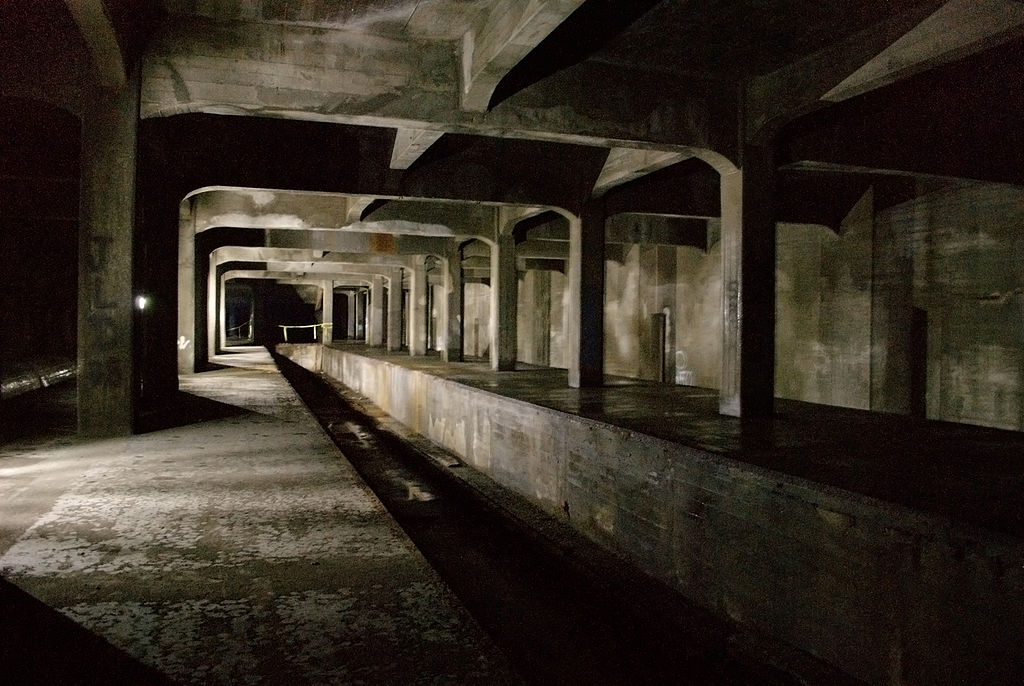
The Cincinnati Subway is a curious underground relic beneath the streets of Cincinnati, Ohio. Construction began in the early 1920s with the intention of modernizing the city’s public transportation system. However, the project faced financial setbacks as the cost of building escalated, particularly due to inflation following World War I. By the end of the 1920s, funds ran out, and the subway system was never completed. Only a few miles of tunnels were built before the project was abandoned. Various attempts have been made over the years to repurpose the tunnels for other uses, such as a wine cellar or an underground mall, but none succeeded. Today, the tunnels remain largely unused, serving only a minor role in city infrastructure. Though unfinished, it is a popular site for urban explorers.
Ta Keo, Cambodia

Ta Keo is an ancient temple located in the Angkor region of Cambodia, known for its impressive yet unfinished design. Built during the reign of Jayavarman V in the 10th century, it was meant to be one of the largest temples in the Khmer Empire. However, construction stopped abruptly, and the exact reason remains unclear. Some scholars believe a lightning strike hit the temple during construction, which was seen as a bad omen, while others think political instability led to its abandonment. Despite its unfinished state, its five-tiered structure and massive sandstone blocks are a testament to the grandeur of Khmer architecture. The temple is still an important religious and historical site. Its striking silhouette can be seen from afar, showcasing its intended scale. It was one of the first temples to be built entirely of sandstone, setting a precedent for future constructions in Angkor.
St. George’s Unfinished Church, Bermuda
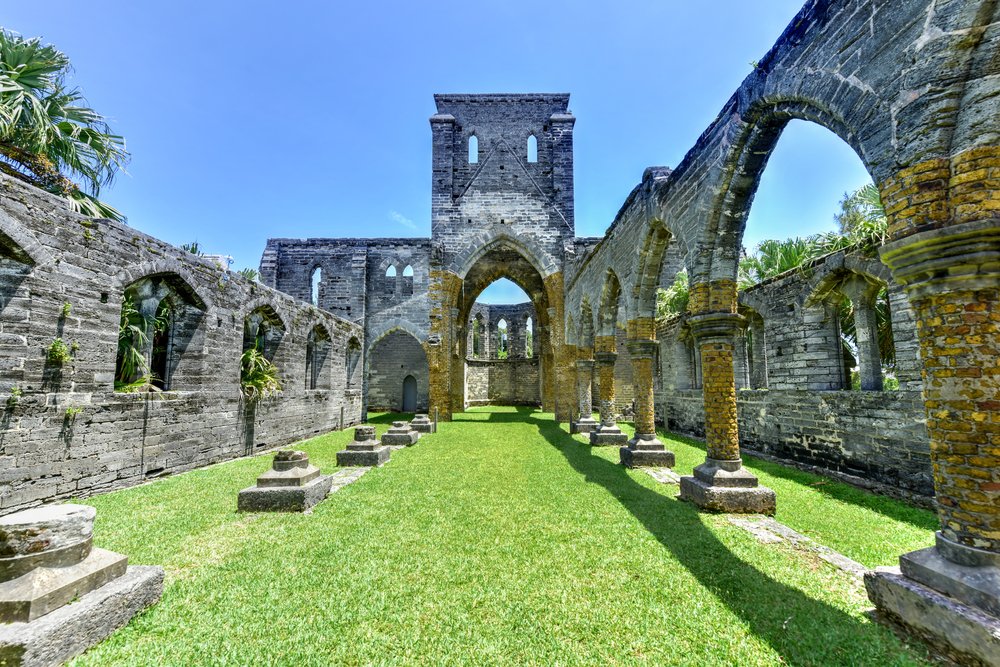
St. George’s Unfinished Church in Bermuda stands as an eerie yet beautiful ruin. Originally intended to replace St. Peter’s Church after it was damaged by a hurricane, construction began in the 1870s. However, the project was plagued by financial issues, disagreements over the design, and further hurricane damage. By 1899, construction was completely abandoned. The unfinished church features soaring arches and partially built walls, giving it a hauntingly majestic appearance. It is now a protected historical site and a popular destination for visitors to Bermuda. The ruins are often used for weddings and other events despite never having been completed as a place of worship.
The Palace of Soviets, Moscow

The Palace of Soviets was intended to be a monumental government building in Moscow, envisioned as the grandest structure of the Soviet Union. Construction began in 1937 under Joseph Stalin, following a design competition for the building that would feature a massive 100-meter-tall statue of Lenin atop a 415-meter structure. However, the onset of World War II halted construction as resources were diverted to the war effort. Steel from the project was repurposed for military purposes, and after the war, the Soviet government officially abandoned the project in 1957. The grand plans were never realized, and the foundation was later repurposed as a public swimming pool. Today, the site houses the rebuilt Cathedral of Christ the Saviour, symbolizing a return to religious and cultural heritage. If completed, it would have been taller than the Empire State Building, dominating Moscow’s skyline.
Mingun Pahtodawgyi, Myanmar
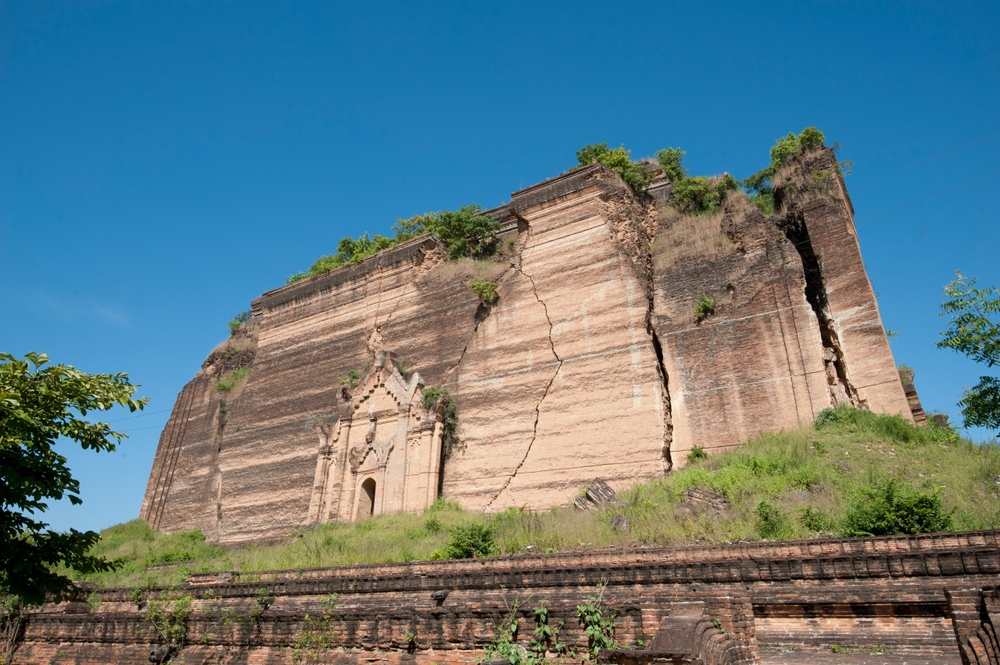
The Mingun Pahtodawgyi, located in Mingun, Myanmar, is an enormous stupa that was left unfinished after the death of King Bodawpaya, who commissioned it in 1790. The king planned for the stupa to be the largest in the world, but construction caused immense strain on his people, leading to rumors that its completion would bring disaster. After the king’s death in 1819, work on the stupa ceased, leaving it only a third of its intended height. Despite its unfinished state, the massive brick structure remains an important religious site and a popular tourist attraction. Large cracks from an earthquake in 1839 further add to its ruinous charm, enhancing its historical significance. Had it been completed, it would have stood 150 meters tall. Today, visitors can climb the unfinished monument and enjoy panoramic views of the Irrawaddy River.
Siena Cathedral Expansion, Italy
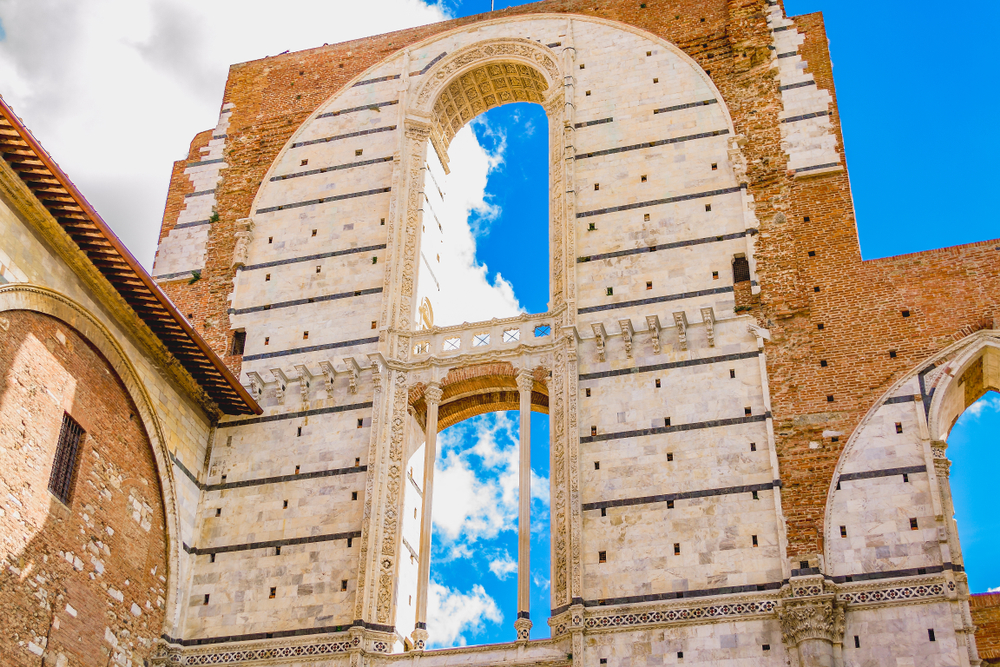
Siena’s iconic cathedral, known for its intricate Gothic architecture, was the subject of an ambitious expansion project in 1339. The plan was to double the size of the existing structure, making it one of the largest churches in the world. However, the project was abruptly abandoned in 1348 when the Black Death decimated the population of Siena. The expansion never resumed, leaving behind towering unfinished walls and arches that stand next to the completed portion of the cathedral. These remnants of the failed expansion are now part of a museum, and visitors can explore the remains of what could have been one of the grandest churches in Europe. The unfinished portion of the cathedral, known as the “Duomo Nuovo,” is a stark reminder of how the plague halted cultural and architectural advancements in medieval Europe. The incomplete structures are now used as exhibition spaces for art.
Ajuda National Palace, Portugal
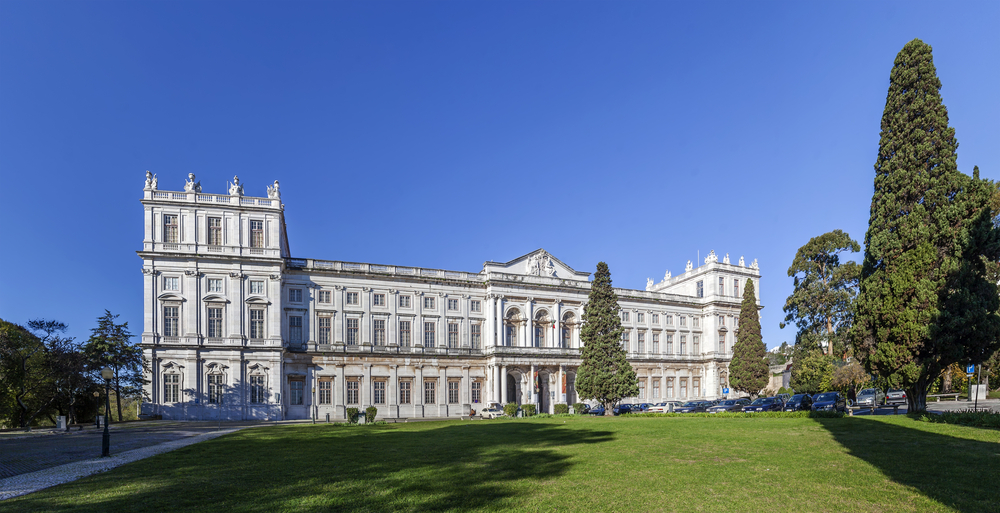
The Ajuda National Palace in Lisbon was intended to be the grand residence of the Portuguese royal family. Construction began in 1796, but a series of wars, financial crises, and political upheaval delayed progress repeatedly. Although parts of the palace were completed and used by the royal family, the full scope of the project was never realized. By 1910, with the abolition of the monarchy, work ceased entirely. Today, it serves as a museum, showcasing its incomplete yet majestic architecture. It remains one of Lisbon’s most significant landmarks, attracting visitors with its lavish interiors and rich history. It was originally designed in a neoclassical style and was meant to be one of the largest royal residences in Europe. Its incomplete state reflects the political instability that plagued Portugal in the 19th century.
This article originally appeared on Rarest.org.
More from Rarest.org
17 Exotic Beetles with Remarkable Coloration and Design

Beetles come in a wide variety of vibrant colors and intricate designs. These remarkable insects, found in diverse habitats, often captivate with their exotic appearances. Read More.
15 Lavish Cruise Lines Offering the Best in Comfort and Style

When it comes to luxury travel, few experiences can match the opulence and comfort of a cruise. For those seeking the ultimate in relaxation and style, selecting the right cruise line is essential. Read More.
13 Most Sought-After Medicinal Plants in Herbalism

Herbalism has been a cornerstone of traditional medicine for centuries. The use of medicinal plants provides natural remedies for various ailments. Read More.
